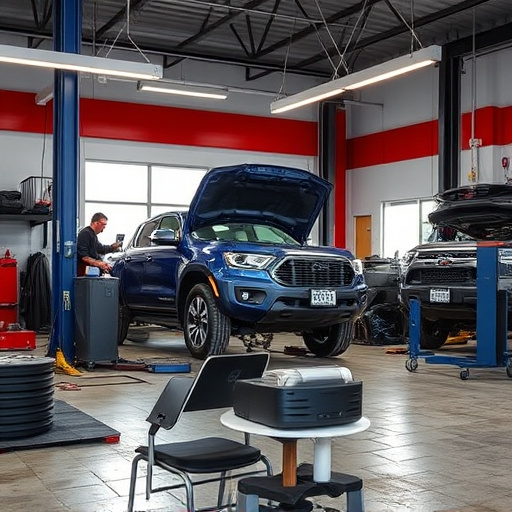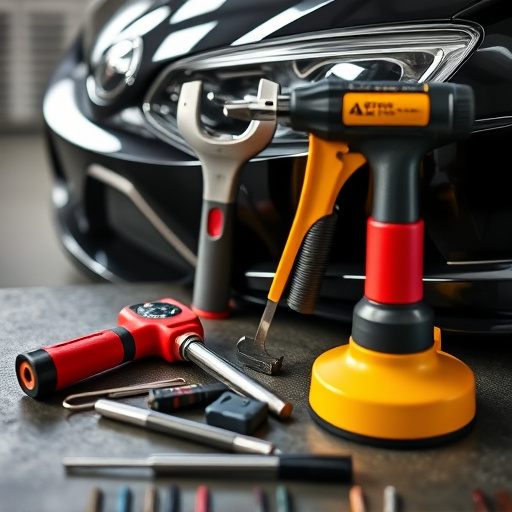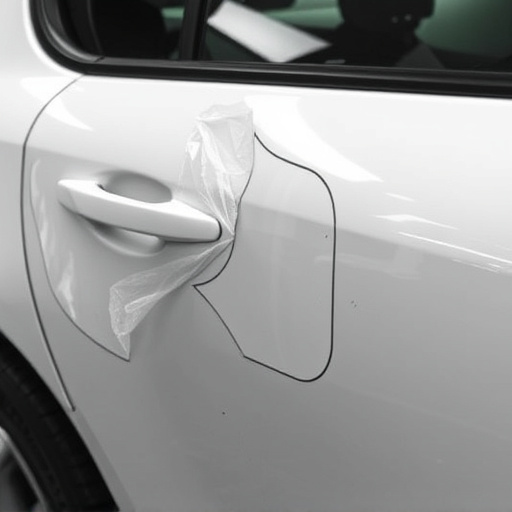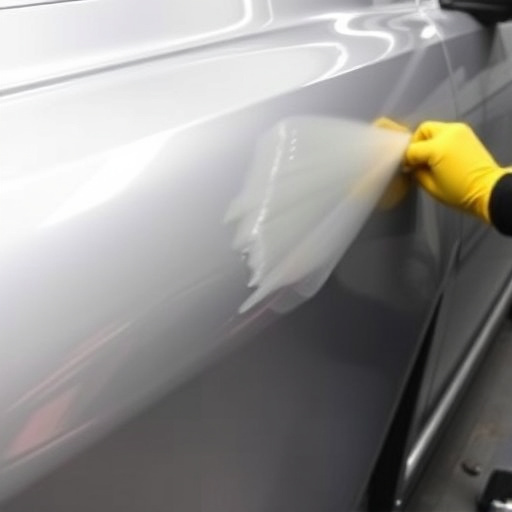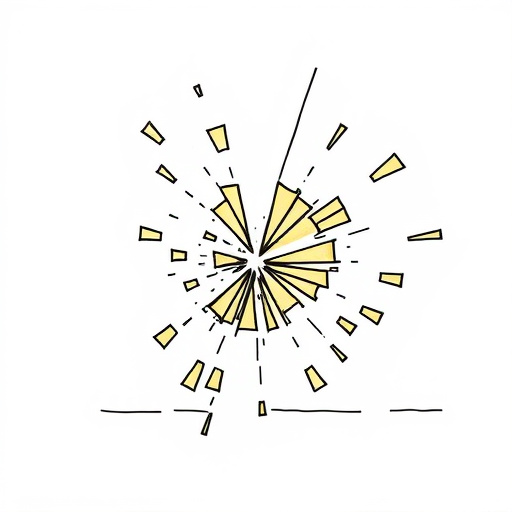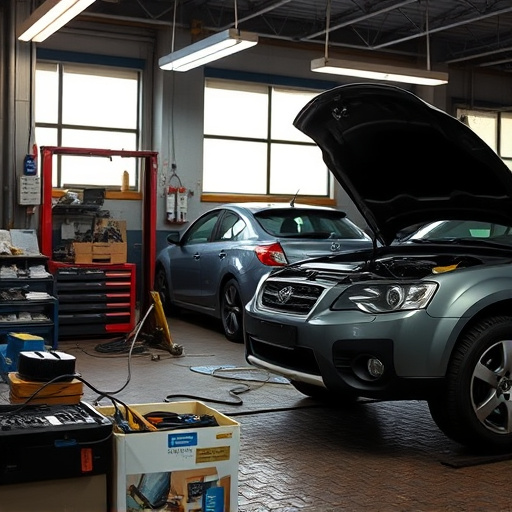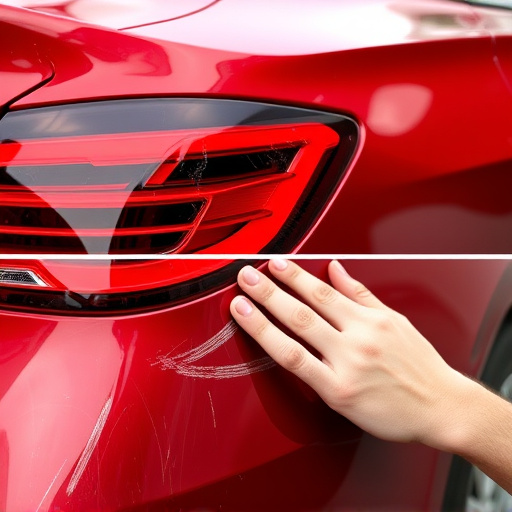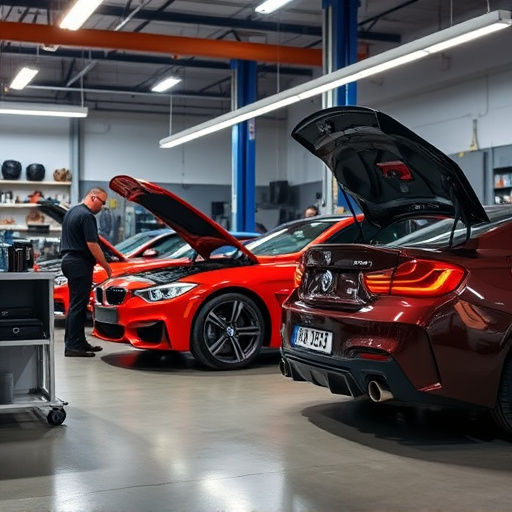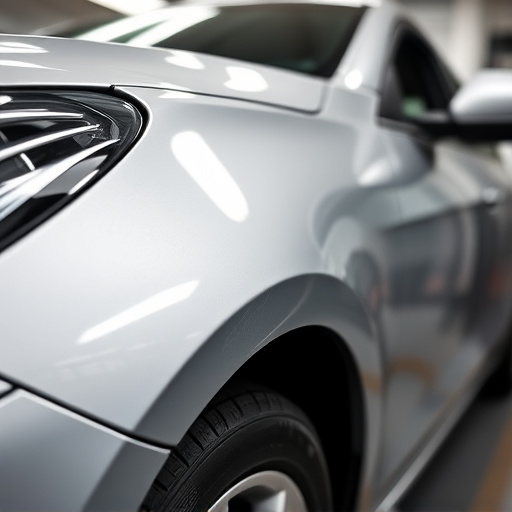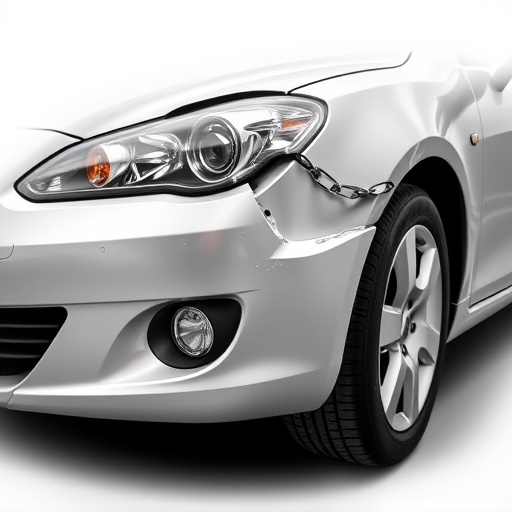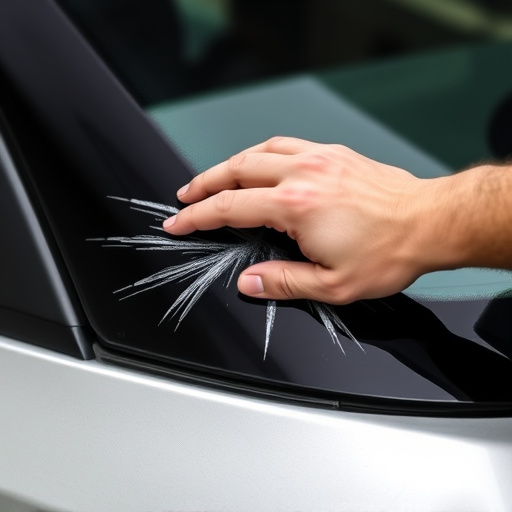Bumper cover replacements enhance vehicle safety and aesthetics. Minor issues can be addressed with repaint kits, while severe damage may require complete bumper replacement. Custom covers offer precise fits for specific models at a higher cost, while aftermarket options are more affordable and suitable for paintless dent repair. Installation is straightforward, taking a few hours with basic tools, and provides better collision protection, improved vehicle performance, peace of mind, and increased resale value, outweighing the costs of frequent dent repairs.
Considering a bumper cover replacement? You’re not alone. Bumper covers, often damaged by road debris, can detract from your vehicle’s aesthetics. Fortunately, understanding your options can make the process seamless. This guide breaks down the types of bumper cover replacement parts available, highlights the benefits of upgrading, and offers expert tips for installation. Whether you opt for custom or aftermarket solutions, learn how to choose the perfect fit for your ride.
- Understanding Bumper Cover Damage and Types of Replacement Options
- Choosing Between Custom and Aftermarket Bumper Covers
- Installation Tips and Benefits of Upgrading Your Bumper Cover
Understanding Bumper Cover Damage and Types of Replacement Options
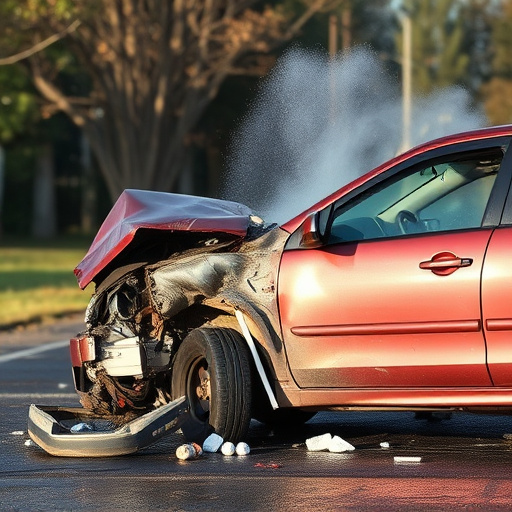
Bumper covers are a significant component of your vehicle’s exterior, not only for aesthetic purposes but also as a crucial safety feature. Understanding bumper cover damage is the first step in exploring bumper cover replacement options. Dents, cracks, scratches, and even complete detachment from the vehicle body are common issues that may arise due to collisions, parking mistakes, or curbs.
When considering auto body repair for a damaged bumper cover, there are several replacement options available. These range from simple DIY solutions like using putty and paint to professional services provided by collision centers specializing in vehicle body repair. For minor dents and scratches, a repaint or touch-up might suffice. More severe damage may require complete bumper replacement, which involves precise cutting and fitting of new parts to ensure seamless integration with the vehicle’s design and safety systems.
Choosing Between Custom and Aftermarket Bumper Covers
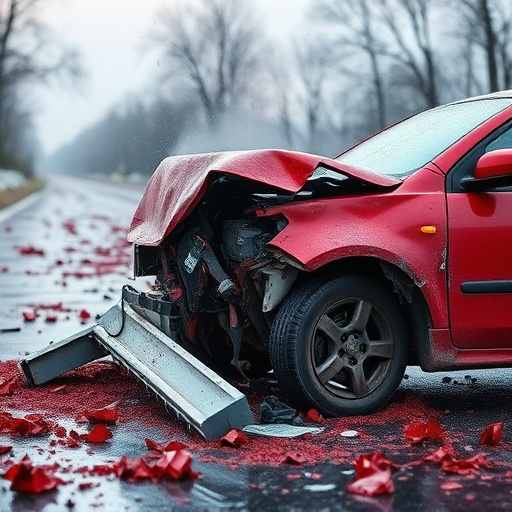
When considering a bumper cover replacement, one of the primary decisions to make is between custom and aftermarket options. Custom bumper covers are tailored specifically for your vehicle’s make and model, offering a perfect fit that aligns with your car’s design. They are often made-to-order, ensuring they match your vehicle’s color and have the same texture or finish. This choice is ideal if you’re looking for a seamless, factory-like appearance and are willing to invest a bit more. Aftermarket bumper covers, on the other hand, are mass-produced and designed to fit a range of similar vehicles. They can be a more budget-friendly option but might not have the same level of precision in terms of fit or finish. Aftermarket parts often come with paintless dent repair capabilities, which is an added benefit for those looking to preserve their vehicle’s original aesthetic during repairs.
Whether you opt for custom or aftermarket, understanding your needs and preferences will guide this decision. If you prioritize a tailored, precise fit and don’t mind the higher cost, custom covers are worth considering. But if budget is a primary concern, or you’re looking for quick, efficient repair solutions that might still provide good quality, aftermarket options could be the way to go. Remember, in any case, proper auto maintenance can extend the life of your bumper cover replacement and contribute to overall vehicle repair needs.
Installation Tips and Benefits of Upgrading Your Bumper Cover
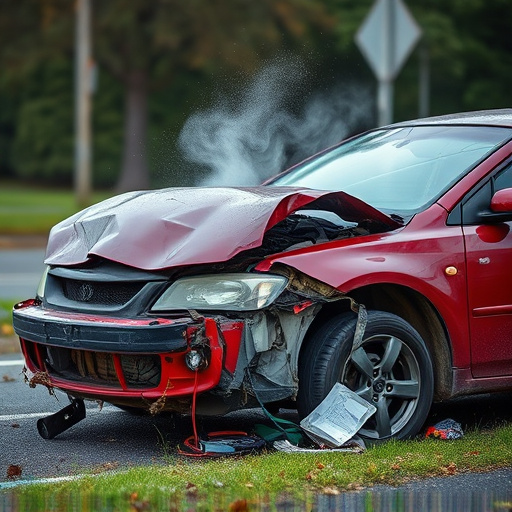
Upgrading your bumper cover is a relatively straightforward process that offers significant benefits. When considering a bumper cover replacement, remember that it’s not just about aesthetics—it’s also about enhancing safety features and improving your vehicle’s overall performance. A new bumper cover can better withstand impact, ensuring better protection for both your vehicle and passengers in case of collisions.
The installation process is typically simple, often involving removing the old bumper cover and attaching the new one using existing hardware or new fasteners. This DIY project can be accomplished with basic tools and a few hours of your time. Moreover, upgrading to a higher-quality bumper cover can add value to your vehicle, contributing to its overall automotive restoration and resale potential. It’s an investment that pays off in both peace of mind and financial savings, especially when compared to the costs associated with frequent vehicle dent repair.
When considering a bumper cover replacement, understanding your options is key. By evaluating damage types, exploring custom vs. aftermarket solutions, and understanding installation benefits, you can make an informed decision that enhances both your vehicle’s aesthetics and protection. Invest in a quality bumper cover upgrade for peace of mind on the road.
